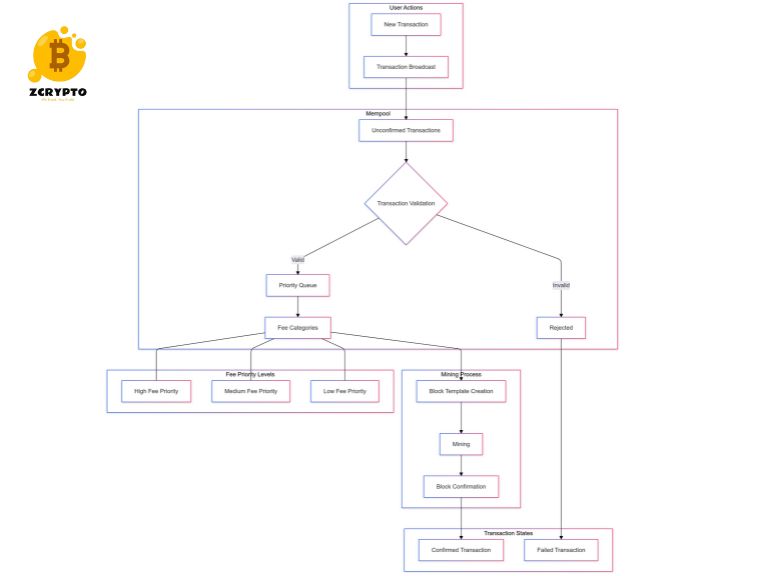Introduction
When it comes to understanding the financial health and operational dynamics of a publicly traded company, few documents are as crucial as the Form 10-K report. This comprehensive annual filing is a treasure trove of information for investors, analysts, and stakeholders alike. The Form 10-K serves as a detailed snapshot of a company’s financial performance and business operations over the past year, making it an indispensable tool for anyone looking to make informed investment decisions.
- Unlocking Active Management: Strategies, Benefits, and Risks in Investment Portfolio Management
- Understanding Accrued Income: How to Record and Manage Earned But Unreceived Revenue
- How Android Operating System Drives Revenue and Innovation in the Finance and Business Sectors
- What is MVB Most Valuable Builder? A Comprehensive Guide to Binance’s Blockchain Innovation Program
- What is Network Effect? Analyzing Value Growth in Connected Systems
This guide is designed to demystify the complexities of the 10-K report, providing a clear and structured overview of its key sections and components. Whether you’re a seasoned investor or just starting to navigate the world of corporate finance, this guide will help you unlock the valuable insights hidden within these reports.
You are viewing: Unlocking Corporate Financials: A Comprehensive Guide to the 10-K Report
Understanding the 10-K report is not just about compliance; it’s about gaining a deep understanding of a company’s strengths, weaknesses, opportunities, and threats. It’s about seeing beyond the surface-level financials to understand how a company operates, its market position, and its future outlook. In today’s fast-paced financial landscape, having this knowledge can be the difference between making a smart investment and a costly mistake.
What is the Form 10-K Report?
The Form 10-K is an annual report that publicly traded companies in the U.S. are required to file with the Securities and Exchange Commission (SEC). This mandatory filing provides a comprehensive overview of the company’s financial performance and business operations over the past fiscal year.
Unlike other SEC filings such as the Form 10-Q (which is filed quarterly) and Form 8-K (which reports significant events), the 10-K is unique in its annual nature and detailed content. The Form 10-Q offers a quarterly snapshot, while the Form 8-K provides immediate updates on material events. However, the 10-K delves deeper into every aspect of the company’s operations.
The preparation of these financial statements is guided by the Financial Accounting Standards Board (FASB) and adheres to U.S. Generally Accepted Accounting Principles (US GAAP). This ensures consistency and transparency in financial reporting.
Structure of the 10-K Report
Business Section
The business section of the 10-K report provides an in-depth look at what the company does and its market position. Here, you’ll find details on:
– Main Products and Services: A description of the company’s primary offerings.
– Business Segments: Information on different segments of the business.
– Competitors: An overview of the competitive landscape.
– Operational Details: Insights into contracts, raw materials, supplier or distribution channels, research and development activities, intellectual property, and government regulations.
Risk Factors
See more : Understanding the 11th District Cost of Funds Index (COFI): How It Impacts Your Mortgage Rates
This section lists significant risks faced by the company, ordered by importance. Understanding these risks helps investors gauge potential challenges and uncertainties that could impact their investment.
Selected Financial Data
Here, you’ll find financial information for the last five years, providing a long-term perspective on the company’s financial health. This includes key metrics such as revenue, net income, and cash flow.
Management’s Discussion and Analysis (MD&A)
The MD&A section offers management’s perspective on the company’s financial performance and condition. It discusses trends, events, and uncertainties that impact financial results. This section is crucial for understanding how management views the company’s operations and future outlook.
Financial Statements and Supplementary Data
The audited financial statements are a cornerstone of the 10-K report. These include:
– Income Statement
– Balance Sheet
– Cash Flow Statement
– Statement of Shareholders’ Equity
– Statement of Comprehensive Income
Supplementary data may include segment-level revenue breakdowns and expected capital expenditures. These statements are audited by an independent accountant to ensure they are free from material error.
Key Components of the 10-K Report
Audited Financial Statements
The financial statements in the 10-K report must be audited by an independent accountant. This audit ensures that the financial statements are accurate and reliable, which is critical for investor confidence.
Footnotes and Disclosures
Footnotes provide additional information about various aspects of the company’s financials, such as accounting policies, income taxes, pension plans, and stock options for officers and employees. These disclosures are essential for a complete understanding of the company’s financial situation.
CEO and CFO Certifications
The CEO and CFO must sign letters certifying the accuracy of the information in the 10-K report. These certifications are sworn under oath and carry significant legal implications, ensuring that top executives are held accountable for the report’s accuracy.
How to Read and Analyze a 10-K Report
Reading a 10-K report can seem daunting, but it doesn’t have to be. Here’s a step-by-step guide:
- Start with the Business Overview: Understand what the company does and its market position.
- Review Risk Factors: Identify potential challenges and uncertainties.
- Analyze MD&A: Gain insights into management’s perspective on financial performance.
- Examine Financial Statements: Look at audited financial statements and supplementary data.
For investors, here are some tips:
– Identify Key Risks: Understand what could go wrong.
– Understand Management’s Perspective: See how management views the company’s future.
– Analyze Financial Trends: Look at long-term financial health metrics.
Accessing and Utilizing 10-K Reports
Accessing a 10-K report is straightforward:
– EDGAR Database: You can find these reports on the SEC’s EDGAR database.
– Company Websites: Many companies also post their 10-K reports on their own websites.
Filing deadlines vary based on the company’s market capitalization. Larger companies typically have shorter filing deadlines.
Conclusion
In conclusion, the Form 10-K report is a powerful tool for anyone interested in understanding the financial health and operational dynamics of publicly traded companies. By following this guide, you’ll be able to unlock the valuable insights hidden within these reports.
Remember, understanding the 10-K report is not just about compliance; it’s about making informed investment decisions. Whether you’re an investor looking to diversify your portfolio or an analyst seeking deep insights into corporate performance, this guide has equipped you with the knowledge to navigate these comprehensive annual filings effectively.
So next time you’re considering an investment or analyzing a company’s performance, don’t overlook the treasure trove of information available in the Form 10-K report. It could be your key to smarter, more informed decisions in the world of finance.
Source: https://summacumlaude.site
Category: Blog







